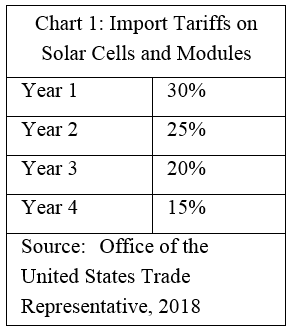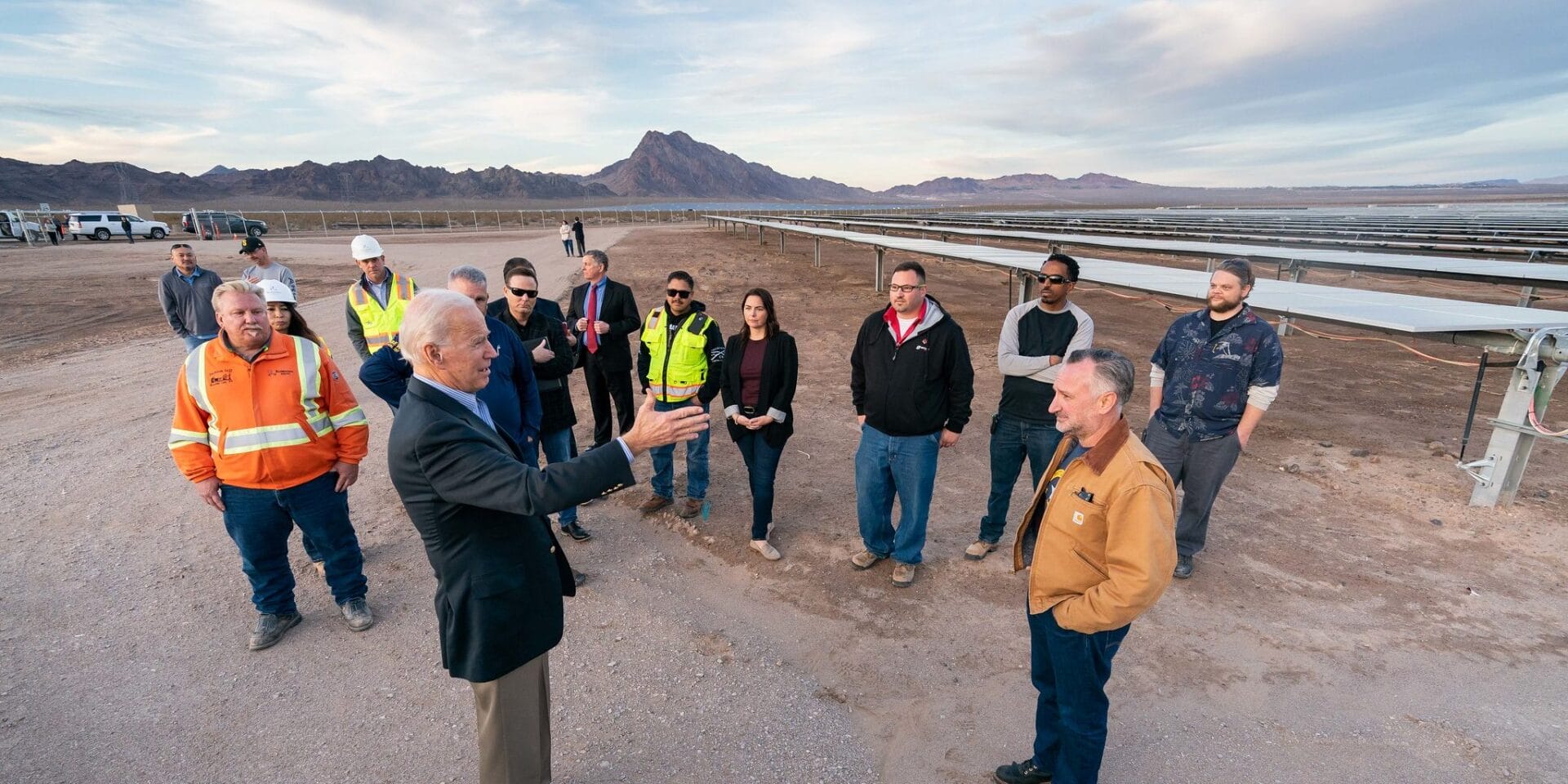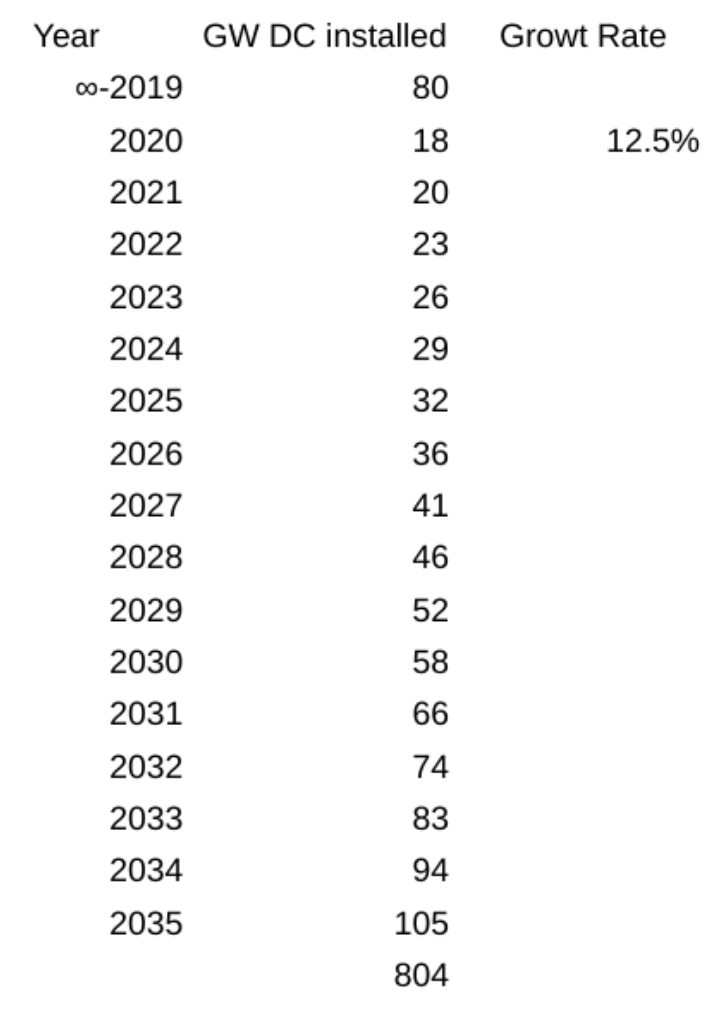Over the weekend, former Vice President of the United States Joseph Biden was announced as the winner of the 2020 U.S. Presidential Election. Good luck sir on your new job.
During campaigning and debates, Biden suggested significant support to clean energy. For instance, he promises to rejoin the Paris Agreement on day one of his administration. While this agreement doesn’t currently specifically drive solar power, it is a framework to drive a cleaning of our economy in general, which does include the electricity sector.
Speaking specifically of the electricity industry, on the just launched website of the new administration they set forth four priorities: COVID-19, economic recovery, racial equity, and climate change. Within the page on climate change is this very important note:
Power Sector: Move ambitiously to generate clean, American-made electricity to achieve a carbon pollution-free power sector by 2035. This will enable us to meet the existential threat of climate change while creating millions of jobs with a choice to join a union.
100% emission free electricity by 2035 – that is an amazing goal to push for. First, before we talk reality, I’d like to make a very rough, pie in the sky math projection.
The United States gets roughly 3% of its electricity from solar power right now, and it took about 80 GW to hit that value. Solar’s renewable sibling, wind, generates about 9% of our electricity from 100 GW of capacity. As well, we get 20% of our electricity from emission free nuclear and 10% from hydro. That puts us at just over 40% of our electricity being clean – meaning we’ve got 60% to go.
I’m going to throw down that very little new nuclear and hydro is built, and I’m going to dream that none of our current operating capacity of either technology is shut down. This logic suggests 100% of our new electricity capacity coming from wind+solar. Well, since 2006 that’s pretty much been the case – so this isn’t too much of a stretch.
How much though?
Well, roughly speaking, in 2019 the USA got 3% of its electricity from ~80 GW of solar power, and 8% from 100 GW of wind. If we were to split that 60% – we’d need to scale solar 10 times, and wind almost four. Should we be projecting 800 GW of solar power by 2035?
That’d mean a 11.5% growth rate from this years record volume of maybe 20 gigawatts installed – until we hit a big fat 102 GW installed in 2035. Woooo boy I hope I still own a solar power company then.
For comparison’s sake, DNV sees solar growing 21 fold globally by 2050 – but with gas having a much bigger share (20%+).

Roughly, this import tariff adds 2.5 to 10¢ per watt to the price of an installation. A high end residential solar panel that costs 50¢ watt has been adding the full 10¢ number – though, truly, there aren’t too many panels that cost 50¢ when bought in volume.
For a small utility or large commercial installation, 3-4¢ watt added is about a 2% project cost adder – that’s about $10,000 added to a 250 kWdc project that CommercialSolarGuy is installing right now.
To be honest, this isn’t a killer on project anymore. And next year, that number is even lower. So, not to be a fool, but if political capital is limited – I’d be cool if we spent it elsewhere letting this expire.
Another way that Biden could influence solar is by implementing a carbon tax. Just a few pennies per kilowatt hour would have an affect on the largest projects, without a doubt. A carbon tax is something of a complex political potato though.
First off, those on the right of the political spectrum that accept the science of climate change or general electricity pollution see this as an efficient market tool – increase the price of pollution, and we’ll pollute less. As well, the Federal Energy Regulatory Commission has recently given tacit approval to integrating state level carbon pricing into its methodology.
But of course – who wants to implement a new tax? Well…we could always redefine the carbon tax as a carbon dividend…
Another significant change the administration could usher in is the expansion of the power lines needed to move the wind from the midwest, and the solar from the south. While there is research suggesting that we could get to 80% of our electricity from wind and solar using our current infrastructure and 5.4 TWh of energy storage, we could cut that number by 80% of we built power lines.
More broadly, there will also be the general attitude shift toward honesty and science. The anti-renewable attacks started immediately in 2017 – with the Department of Energy initiated Study Examining Electricity Markets and Reliability, and heading right into last month when we found that the the administration has been holding back government funded research on clean energy.
The industry seems to have mostly made it through the past four years intact, with technological advancement and global scale holding strong. Now, with wind behind our back, and some federal political support, we might see an aggressive acceleration.


